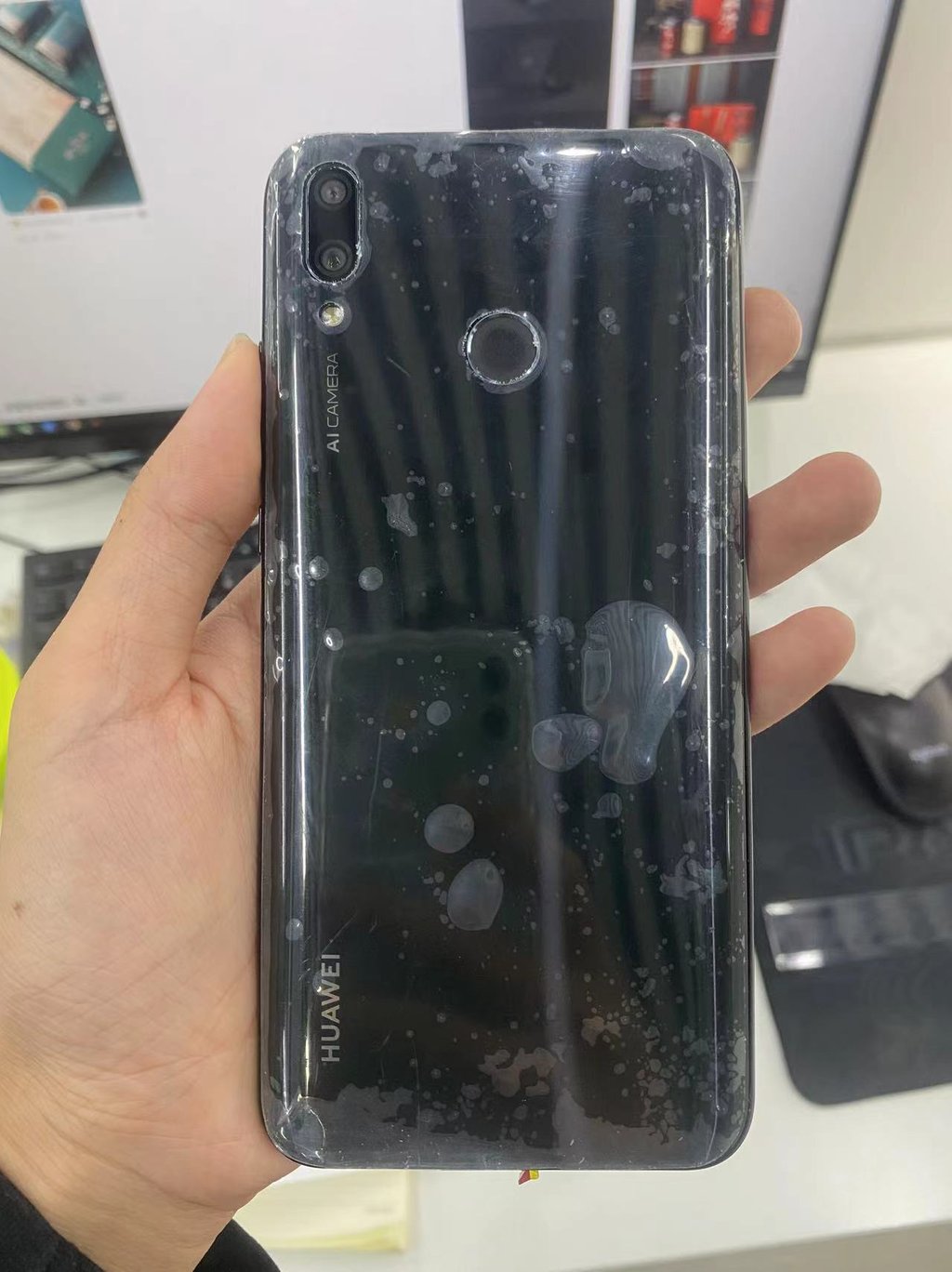Battery Health Scam: Why 80% Doesn’t Equal Real Battery Life
Stephen Lee
11/15/20242 min read


Battery Health Scam: Why 80% Doesn’t Equal Real Battery Life
In the second-hand smartphone market, battery health is a crucial factor influencing a buyer’s decision. Many sellers advertise devices with “80% battery health,” leading buyers to assume the phone still holds a strong charge. However, the truth is far more complex. The 80% figure, often derived from built-in software readings, does not always reflect real-world battery performance. Let’s break down the battery health scam, expose industry misconceptions, and help you make informed buying decisions.
The Industry Misconception: What Does 80% Really Mean?
Battery health is typically measured as a percentage of the original capacity, displayed in the settings of iPhones and some Android devices. When a phone shows 80% battery health, it means the battery can theoretically hold 80% of its original charge. However, this metric doesn’t account for:
Battery Degradation Patterns: Batteries don’t degrade in a linear fashion. A phone at 80% health may exhibit significantly reduced battery life compared to when it was new.
Voltage Instability: Aging batteries struggle to maintain stable voltage, causing sudden shutdowns even when battery health seems acceptable.
Cycle Count Limitations: Manufacturers often rate batteries for around 500 full charge cycles. A device at 80% battery health may have already exceeded this limit, leading to performance drops.
Why “80% Battery Health” is Misleading
1. Software Readings Can Be Manipulated
Refurbished phone sellers sometimes reset battery statistics using third-party tools, making a heavily degraded battery appear healthier than it actually is.
2. Calibration Issues Skew Readings
Battery health percentages are estimates, not precise measurements. A battery showing 80% may, in reality, function closer to 60% due to miscalibration.
3. Decreased Peak Performance
Apple’s Battery Health settings include a “Peak Performance Capability” metric, which reduces CPU power when the battery is degraded. Buyers might not notice the impact at first but will experience slower performance over time.
4. Fast Draining and Overheating
A phone with 80% battery health can still drain quickly under normal usage, especially if the battery cells are chemically aged. Overheating during charging or use is another red flag that the battery is failing.
How to Protect Yourself from Battery Health Scams
Check Cycle Count: Use diagnostic apps (like CoconutBattery for macOS or AccuBattery for Android) to see how many charge cycles the battery has gone through.
Look for Signs of Battery Swelling: Open the SIM tray and check if the screen is slightly lifted—a common sign of an aging battery.
Test Real-World Usage: If possible, use the phone for 10-15 minutes before buying. Watch for unexpected shutdowns or rapid battery percentage drops.
Opt for Battery Replacements: If purchasing from a reseller, check if the battery has been replaced with an original or high-quality aftermarket one.
Buy from Reputable Sources: Certified refurbished sellers often replace batteries or provide accurate health reports, unlike random online sellers.
Conclusion: Battery Health Transparency is Key
The 80% battery health standard in the second-hand market is often misleading due to software manipulation, natural degradation, and hidden performance drops. Buyers and wholesalers should focus on real-world battery performance, not just the percentage shown in the settings. By understanding battery health beyond the numbers, you can avoid common pitfalls and make smarter purchasing decisions in the second-hand phone market.
Glistock
Premium refurbished mobile devices with warranty options.
Service
Support
stephen@glistock.com
TEL/Whatsapp +86-13728082771
© 2025. All rights reserved.
Stephen Lee
